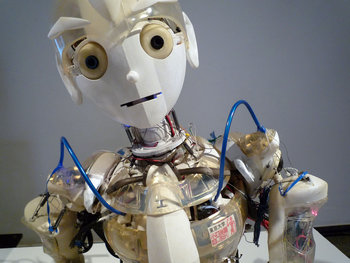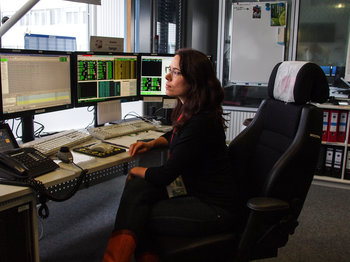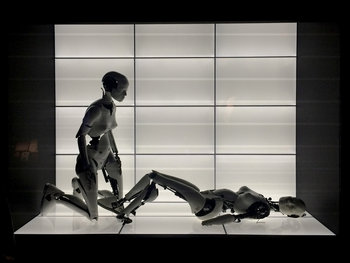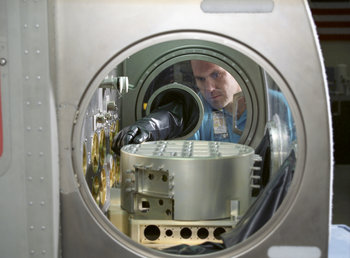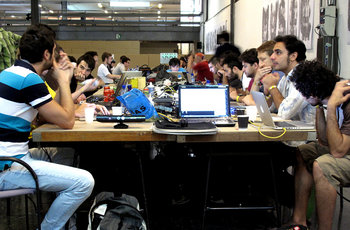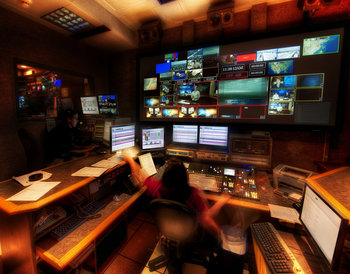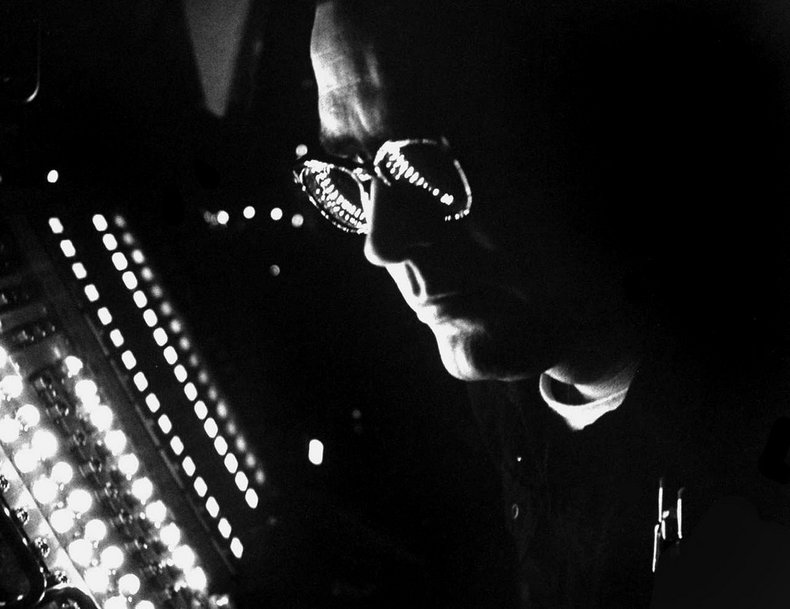
IoT vs Control
IoT centralizes control of physical things. That is to say that IoT typically makes everything a service. In the past, people purchased a window and were free to use it as they saw fit. IoT wraps the window in an ongoing centralized service bounded by a legal agreement. The service may control, monitor and update the window on an ongoing basis throughout its operational lifespan. This tends to have commercial advantages for manufacturers as the customer may pay service fees. Alternatively, the manufacturer may push new features into products and try to sell them to customers. The legal agreements that bind consumer IoT services are typically not negotiated but are set by the manufacturer. As such, they tend to be to the manufacturer's commercial advantage. For example, they may prevent the customer from reusing devices or require the customers to accept any new features that the manufacturer decides to deploy.From the consumer's point of view this has several disadvantages including security exposures, loss of privacy, inability to disable new unwanted features and being locked into one-sided legal agreements. In addition, the performance of IoT devices could be theoretically be degraded with time to encourage consumers to upgrade.In cases where IoT functionality is an order of magnitude better than the closest standalone alternative, many customers may be willing to give up some control. Where IoT features are frivolous, standalone alternatives may outperform in the market.| Overview: IoT vs Control | ||
Type | ||
Definition | The tendency for IoT to centralize control of physical things. | |
Related Concepts | ||


